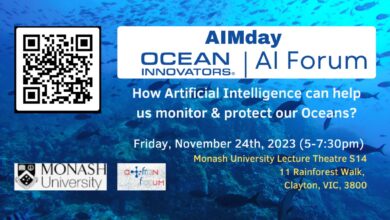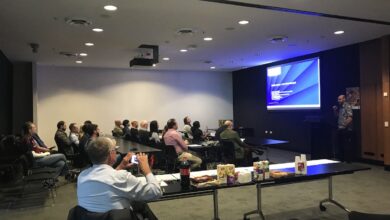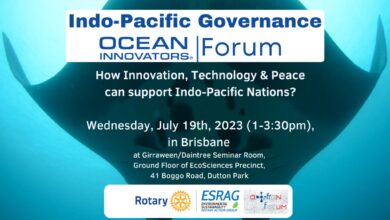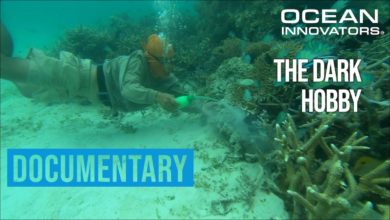- About Parley for the Oceans
- The Material Revolution
- Parley AIR Strategy
Have you heard about Parley AIR Strategy? Cyrill Gutsch, founder of Parley for the Oceans, has started this project to fight marine plastic pollution. The purpose is to drive change and a material revolution that can be scaled across private households, businesses, and governments. Find out more about the project in this article.
Parley for the Oceans: an organisation by Cyrill Gutsch
The organisation was created in 2012, after the striking encounter of Cyrill Gutsch’s with Captain Paul Watson. In the same way as Siddharth Chakravarty, Cyrill Gutsch has been inspired by the co-founder of Sea Shepherd Global. The particularity of Parley for the Oceans is their approach to the problem. That is to say, they tackle marine plastic pollution from multiple angles. They are working on intercepting plastic with beach clean-up around the world. Also, collaborating and networking on projects with global companies and industries in science, art, fashion, design, entertainment, sports, and space and ocean exploration.
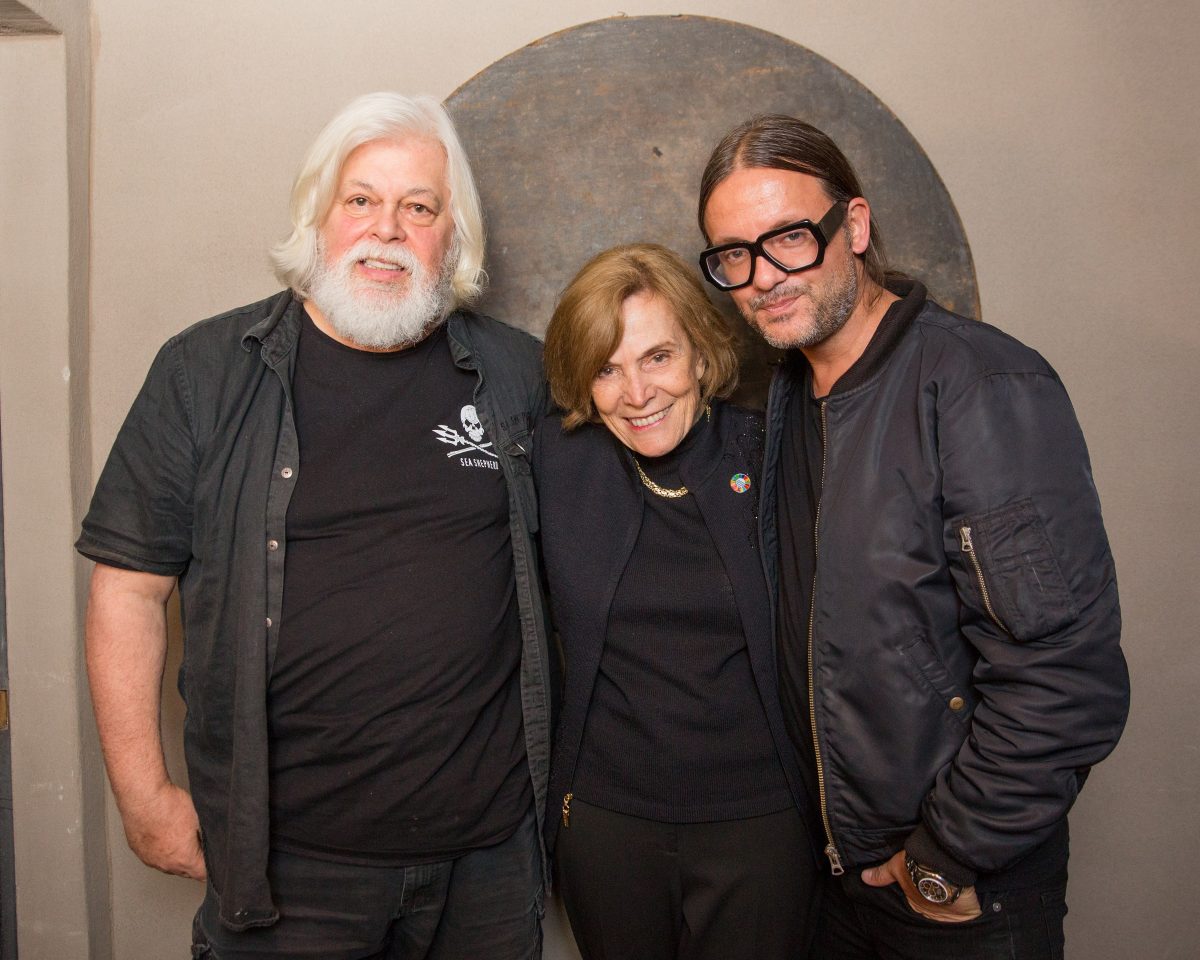
Parley is providing a space and network where creators, thinkers, and leaders come together to raise awareness for the beauty and fragility of our oceans and collaborate on projects that can end their destruction.
The organisation only works with companies that are willing to go all the way with their sustainable efforts. With this in mind, they have discarded businesses only willing to help their brand. The organisation has worked with corporations including Adidas, Anheuser Busch InBev (Corona), American Express; for the most popular. Basically, the focus of those initiatives was to transform marine plastic waste into a purpose material. Some of these partnerships have started years back. Subsequently, collaborative efforts have resulted in new products. For instance, the world’s first sneaker made from reclaimed and recycled ocean waste.
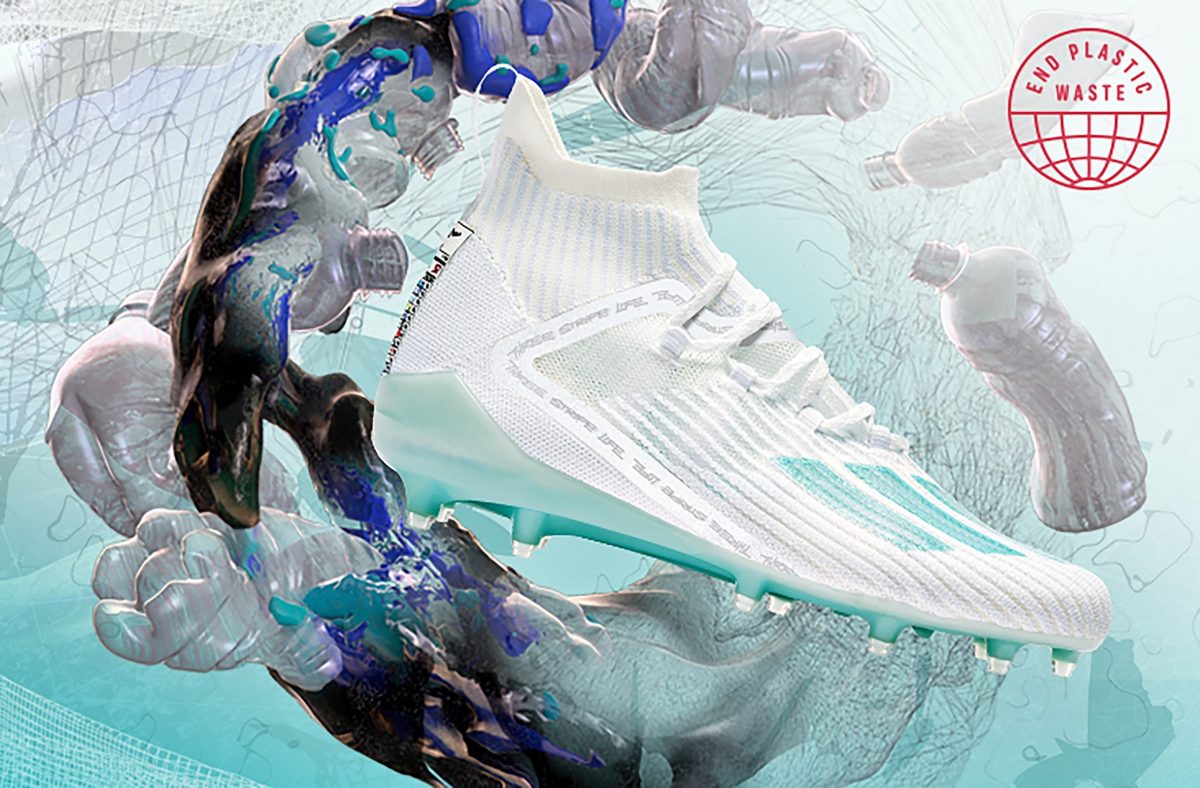
The Material Revolution
Cyrill Gutsch has pushed Parley toward a new chapter, realising that recycling is not solving the problem at its source. Recycling is not the solution to our oceans, but replacing plastic with new material just might be. Instead of collecting waste, new materials with environmental degradation properties have to be adopted by industries. As a result, we will use more natural materials such as algae, fungi. Not to mention, natural fibres and other renewable sources that can be used to create bioplastics and other biodegradable materials. In all, Parley is participating and encouraging the conversation and innovations to suppress plastic.
Parley AIR Strategy
In the effort toward material revolution, Parley for the Oceans has initiated a global movement. Without a doubt, the movement is defined by its collaborative approach to stop marine plastic pollution and by driving a Material Revolution. They define it as:
Parley AIR is the strategy to end the fast-growing threat of marine plastic pollution. We believe plastic is a design failure, one that can only be solved by reinventing the material itself. To create change, we can stop producing more plastic right away and use up-cycled marine plastic waste instead.
The Parley AIR Strategy: Avoid. Intercept. Redesign. is the solution.
AVOID plastic wherever possible;
INTERCEPT plastic waste;
REDESIGN materials, methods and products.
Parley for the Oceans, through different projects, help fight the marine plastic pollution crisis. Their projects align with several UN SDG Goals. Summing up, this includes SDG 7 (Affordable and Clean Energy), SDG 9 (Industry, Innovation, and Infrastructure), SDG 11 (Sustainable Cities and Communities), SDG 12 (Responsible Consumption and Production), SDG 13 (Climate Action), SDG 14 (Life Below Water) and SDG 15 (Life on Land); not to mention SDG 17 (Partnerships for the Goals).
The example of the Maldives is astonishing. The nation has embraced change and join Parley AIR Strategy journey. As a result, the nation is the base for the collaborative effort which gathers the world’s leading creators and scientists to replace all harmful materials and products used in the supply chains to new materials. On this occasion, Parley is building a permanent collaboration space called Parley Station One, in collaboration with the Republic of the Maldives for this purpose.
Parley for the Oceans Instagram | Facebook | Youtube | Website



